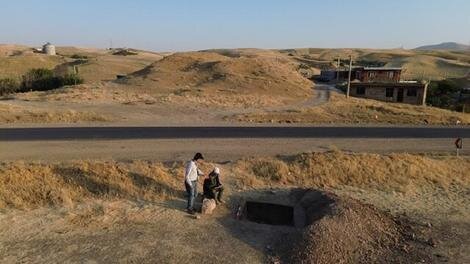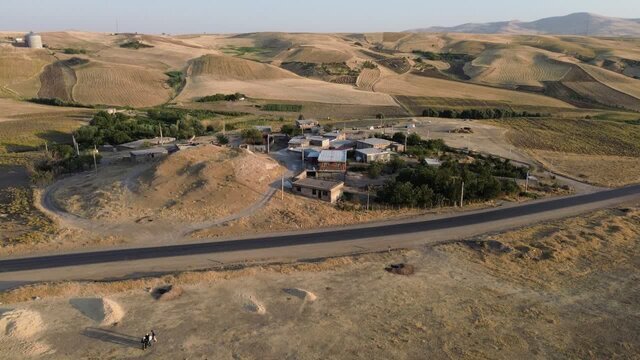5,200-year-old remains unearthed at Tape Bor in western Iran

TEHRAN - Archaeologists have discovered 5,200-year-old cultural remains at Tape Bor, an ancient site near the city of Javanrud in Kermanshah province.
The findings, which include artifacts and possible architectural structures, shed new light on the region’s historical significance and suggest a long history of human settlement dating back to the Chalcolithic period.
Farhad Fattahi, head of the Tape Bor archaeological team, announced the discovery during an interview with ISNA. He explained that the excavation was part of a project aimed at determining the boundaries and buffer zone of the Tape Bor site, which is located in a village of the same name, about five kilometers from Javanrud.
Preservation efforts amid urban expansion
Tape Bor was first identified in 2005 by Dr. Yaghoub Mohammadifar, a prominent Iranian archaeologist, and has since been registered as a significant historical site. However, the proximity of the site to the village has led to damage over the years, as residential construction has encroached on the ancient mound and its surrounding area.
Fattahi noted that there had been numerous requests from local villagers to build [houses] around the site, prompting cultural heritage authorities to take action. “To prevent further encroachment on this valuable archaeological site, we decided to conduct exploratory excavations to establish clear boundaries. This will allow villagers to continue their construction activities according to regulations without damaging the site,” he said.
The excavation project, which began in July with authorization from the Research Institute of Cultural Heritage and Tourism, has now been completed. A total of 23 test trenches, each measuring 1.5 by 1.5 meters, were dug, allowing archaeologists to determine the boundaries of the Tape Bor site.

Uncovering a rich archaeological legacy
The discoveries at Tape Bor include various cultural materials such as pottery shards, which indicate that the earliest evidence of human settlement at the site dates back to the Chalcolithic period, around 5,200 years ago. “We also found evidence of habitation from the second millennium BC, as well as from the Parthian and Sassanian periods,” Fattahi added.
In addition to the artifacts, the team encountered remains of architectural structures in some of the trenches. However, the quality and exact period of these structures remain undetermined, necessitating further archaeological excavation and study.
Tape Bor, which was registered as a national heritage site in the winter of 2023, holds immense potential for uncovering more information about ancient human activities in the region.
AM
Leave a Comment